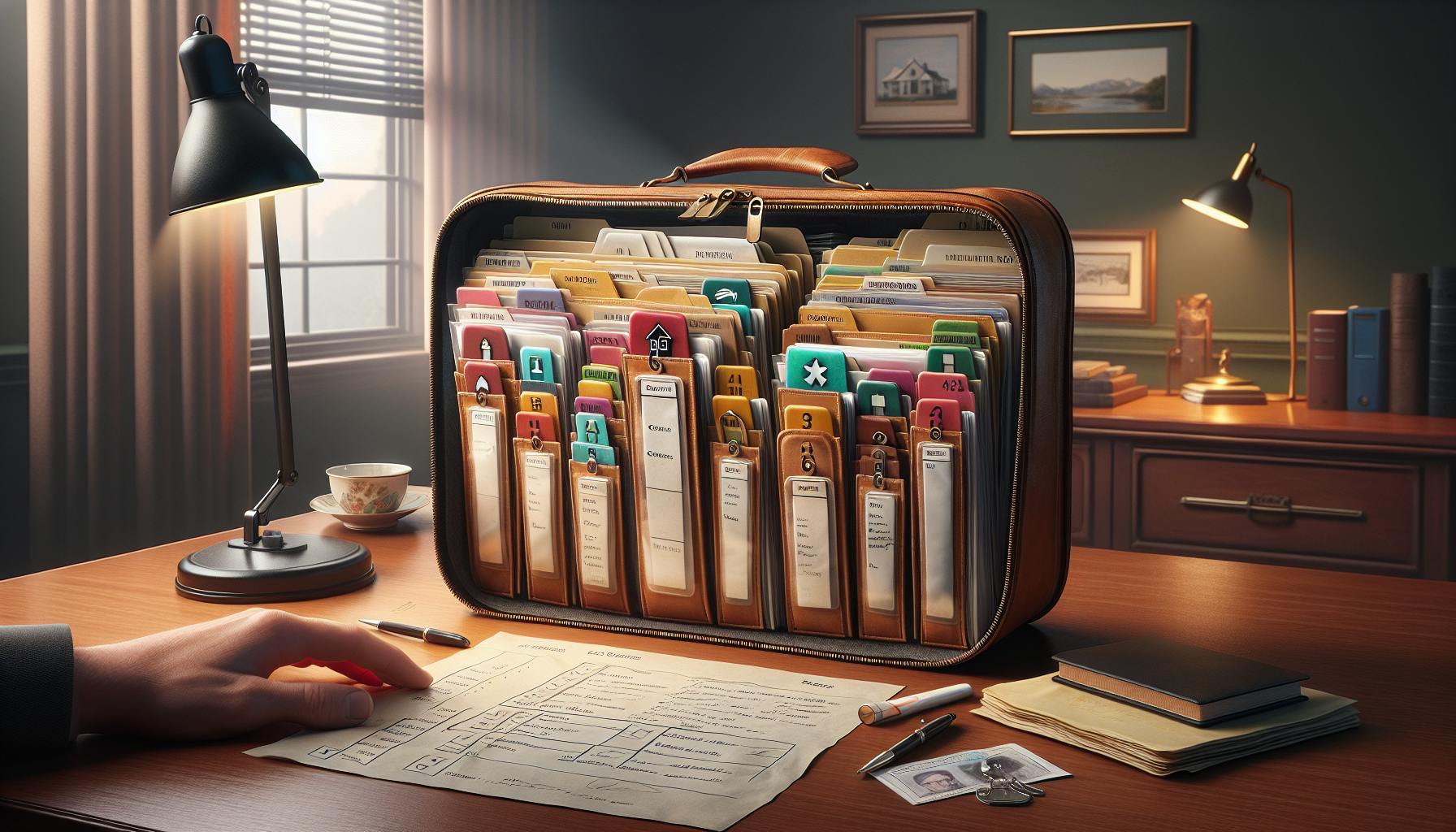What is Inflation and Why Does it Matter?
Inflation refers to the overall increase in prices over time. It is a key economic indicator that impacts consumers, businesses, and governments. Understanding inflation helps people make informed financial decisions. The Federal Reserve tries to keep inflation at a stable rate through monetary policy. Inflation can reduce purchasing power if wages don't keep up with rising prices.
Inflation is an economic phenomenon that affects everyone. As overall prices rise for goods and services, the purchasing power of consumers declines as each dollar buys fewer goods over time. Tracking inflation gives insight into the health of the economy and helps policymakers, businesses, and individuals make important financial decisions.
The Federal Reserve aims to keep inflation at a stable rate through its monetary policies. While low, steady inflation is ideal, high or rapidly rising inflation can destabilize the economy. On the other hand, deflation, where prices fall over time, can also wreak havoc. That's why understanding what drives inflation, how it is measured, and its potential impact matters.
When inflation outpaces wage growth, consumers lose buying power. This is especially problematic for individuals on fixed incomes. Savers also take a hit as the real value of their money slowly erodes. Preparing for inflation by making strategic financial moves can help consumers protect their standard of living.
How Inflation is Measured
The Consumer Price Index (CPI) tracks price changes of common goods and services. The CPI is calculated monthly by the Bureau of Labor Statistics. The inflation rate is determined by comparing the current CPI to past indexes. Core inflation excludes volatile categories like food and energy. The Fed targets an annual inflation rate around 2%.
There are a few key metrics used to track inflation in the United States:
-
The Consumer Price Index (CPI) is a basket of products and services meant to represent a typical "market basket" purchased by consumers each month. The CPI tracks prices for things like food, housing, transportation, medical care, apparel, recreation, and education.
-
The Bureau of Labor Statistics calculates CPI data monthly surveying prices in urban areas. The change in CPI from month to month and year to year represents the inflation rate.
-
Core CPI excludes food and energy prices which tend to be volatile. This gives a sense of the underlying long-term inflation trend. The Federal Reserve focuses mainly on core inflation.
-
The Fed targets a 2% annual inflation rate over the medium term through its monetary policy actions. This level of gentle inflation is thought to balance price stability and healthy economic growth.
-
The Producer Price Index (PPI) measures inflation earlier in the supply chain by tracking prices from producers of raw materials and intermediate goods.
Understanding the methodology behind inflation indexes provides context on why the rates move and how policymakers use the data to make decisions. Following CPI announcements monthly can help consumers and investors gauge inflationary trends over time.
Causes of Inflation
Rising consumer demand can push prices higher as supply stays fixed. Increases in production costs like wages and raw materials get passed to consumers. Expanding money supply through government policies adds more cash chasing the same goods. External factors like oil price shocks or natural disasters constrain supply. Long periods of economic growth and low unemployment can trigger demand-pull inflation.
There are several potential root causes of inflation including:
-
Demand-pull inflation - This occurs when aggregate consumer demand for goods and services rises faster than supply. Strong economic growth and low unemployment typically drive this demand surge.
-
Cost-push inflation - Increased input costs for producers like wages, raw materials, transportation, etc. lead to higher prices as businesses protect profit margins.
-
Monetary inflation - Expanding a country's money supply faster than economic growth leads to too much money chasing too few goods. This added liquidity devalues currency.
-
External shocks - Global supply chain disruptions, wars, natural disasters, oil supply shocks, and pandemics can constrain supply and trigger price spikes. For example, the 1970s oil embargo caused gas prices to skyrocket in the US.
-
Built-in inflation - Adaptive expectations where people expect inflation based on past trends can become a self-fulfilling prophecy as workers demand higher pay.
-
Hyperinflation - Extreme cases where rapid growth in money supply and loss of confidence in currency lead to out-of-control price increases.
Identifying the root drivers of inflation is key for policymakers to implement appropriate monetary and fiscal policies to control rising prices. Some causes like external shocks are hard to prevent while others can be better managed.
Impacts of Inflation
Consumers lose purchasing power if incomes don't keep pace with rising prices. Savers earn lower real returns on deposits as interest rates lag inflation. Variable rate debt like credit cards become more expensive with rising rates. Businesses face higher costs for materials, labor, shipping, and inventory. Sectors tied to discretionary spending often underperform during inflationary periods.
The effects of high inflation include:
-
Reduced consumer purchasing power - Rising prices without matching wage growth decreases living standards. Those on fixed incomes are hit hardest.
-
Eroding value of savings - Interest earned on deposits fails to keep pace with inflation causing loss of money's real value over time.
-
Increased debt burdens - Loans with variable rates become more expensive as the Federal Reserve raises interest rates to curb inflation.
-
Business margin compression - Rising input costs are difficult for companies to fully pass on to customers, pressuring profitability. For example, airlines have struggled with higher fuel and labor expenses.
-
Stock market volatility - Uncertainty around inflation and interest rates leads to elevated market volatility, especially for growth stocks.
-
Recession risks - Rapid, runaway inflation often requires harsh policies to bring it under control, increasing risks of an economic downturn.
-
Social instability - The public generally despises high inflation for eroding purchasing power and standard of living which can spur protests.
Prolonged high inflation can have severe economic and social consequences. Individuals and businesses need contingency plans to offset reduced real incomes and preserve wealth.
How to Prepare for Inflation
Maintain emergency savings funds to offset rising prices for essentials. Invest extra cash into assets with returns that exceed inflation, such as dividend stocks, commodities, and real estate. Lock in fixed rates for large purchases and loans when possible. Negotiate pay raises or find supplemental income sources. Diversify investments across stocks, bonds, commodities, and real estate.
With inflation expected to remain elevated in the near term, here are some ways individuals can help protect themselves:
-
Build up emergency funds with at least 6-12 months of living expenses as a buffer against rising costs for necessities.
-
Invest excess cash into assets with higher yield potential like stocks, commodities, TIPS, and real estate. Consider dividend stocks and real estate for regular income.
-
Lock in fixed interest rates now for large upcoming purchases like a home, car, or tuition. Also refinance variable rate loans like mortgages.
-
Seek pay raises, bonuses, supplemental income streams, and promotions to offset reduced purchasing power. Use inflation as justification when negotiating.
-
Diversify investments across different asset classes including equities, fixed income, commodities, and real estate to hedge inflation risks.
-
Trim discretionary spending on non-essentials. Make a budget tracking spending to cut wasteful expenditures.
-
Limit cash holdings to minimize erosion of purchasing power. Consider converting some cash to TIPS or I Bonds.
-
Enroll in loyalty programs, clip coupons, buy store brands, purchase in bulk, and negotiate fees to maximize savings.
Fighting Inflation with Monetary Policy
The Federal Reserve raises interest rates to cool economic growth and demand. Higher rates make borrowing more expensive to slow spending. The Fed also stops or shrinks quantitative easing programs. Reduced money supply growth helps temper inflationary pressures. Policymakers must balance inflation control with risks of recession.
The Federal Reserve leverages monetary policy tools to maintain stable prices and control inflation including:
-
Raising the federal funds rate - This short-term interest rate influences borrowing costs throughout the economy. Higher rates slow demand by increasing the cost of credit.
-
Reducing monetary stimulus - The Fed cuts back on quantitative easing bond purchases injecting money into the financial system. This helps reduce excess liquidity.
-
Tightening reserve requirements - Banks must hold more funds in reserve limiting loanable capital to also dampen money supply growth.
-
Jawboning - Fed officials can verbally signal future tightening to influence inflation expectations before taking action.
-
Allowing short-term recessions - Periods of high unemployment and weak growth naturally reduce consumer demand helping control inflation.
The Fed must strike the right balance fighting inflation while avoiding tipping the economy into a prolonged recession. Policymakers also factor in lags for monetary policy impacts to avoid overtightening and causing an economic downturn.
Key Takeaways
-
Inflation erodes purchasing power over time as prices rise. Keep emergency savings to offset rising costs.
-
The Consumer Price Index tracks inflation based on a basket of goods. Follow CPI reports to gauge inflation trends.
-
Demand-pull and cost-push factors can drive inflation higher. External shocks like oil crises also impact inflation.
-
Investing in assets like stocks, real estate, and commodities can provide returns exceeding inflation.
-
Central banks use contractionary policies to reduce money supply and cool inflation but risk causing recessions if overtightened.
Understanding what inflation is, how it is measured, potential causes, and associated risks allows consumers to make smart financial decisions. While inflation erodes purchasing power, those who prepare can help offset the impacts. The Federal Reserve employs monetary policy tools to maintain stable prices but must balance inflation control with risks of slowing economic growth too much. With vigilance and prudent planning, individuals and policymakers can manage inflationary environments.


